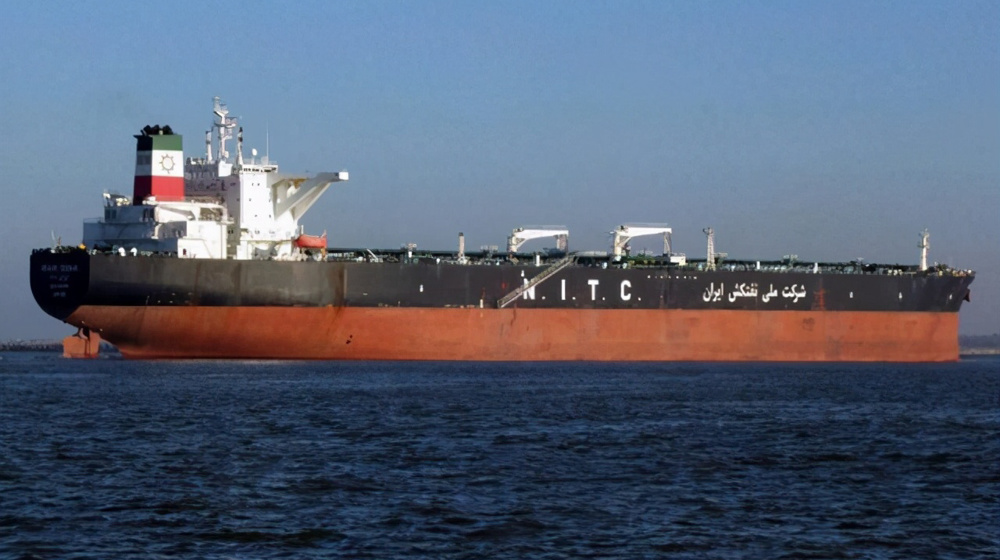
Over the past few years tanker owners have watched containership values surge to unbelievable levels, whilst their own values have struggled against a backdrop of weaker transportation fuel demand following the pandemic, according to Gibson Shipbrokers’ Weekly Tanker Market Report.
According to report, gradually recovering oil consumption and the implications of the special military operation in Ukraine has propelled spot earnings and with that, secondhand values to levels not seen in over a decade. Newbuild prices had already firmed due to tighter yard availability and cost inflation; however, secondhand prices, which are more closely linked to near term spot market developments, only started to gain momentum at the end of last year, partly supported by increased optimism around oil demand and declining orderbook.
For context, secondhand (basis 5 years old) MR values faced a downward trend through much of 2020, before stabilising in 2021 and growing impressively from $29 million in December to $34m at the time of writing. In fact, $34m for a 5 year old MR tanker today exceeds the price of a newbuild MR back in January 2021, and overall represents a 17% increase in the last 18 months. Aframaxes have shown even more impressive price rises, with a 5 year old values rising 50% since January 2021 to $51m to exceed newbuilding prices seen in early 2021.
Conversely, the analysts say, any easing of sanctions against Iran or Venezuela could have the opposite effect.
“If sanctions against these countries were to be removed, much of the current fleet servicing these trades could migrate into Russian business – again another trend observed to some extent already. There is also the question as to whether Europe has the resolve to press ahead with its Russian oil embargo and insurance ban at the end of the year, having recently softened current sanctions relating to Russian energy exports. Such an embargo could become even more difficult to enact, if Iranian and Venezuelan barrels remain off the market. Finally, there is the wider macroeconomic picture. Slowing global growth and recessionary fears all have the potential to lower demand for tankers and thus impact asset values”, emphasized Gibson Shipbrokers.
According to Bloomberg, Russia shipped about 720,000 barrels a day of crude to European refineries through its main pipeline to the region last year. That compares with seaborne volumes of 1.57 million barrels a day from its Baltic, Black Sea and Arctic ports.
Related link:
Ghost tankers >>>>
Oil traffic drives towards BRICS>>>>



